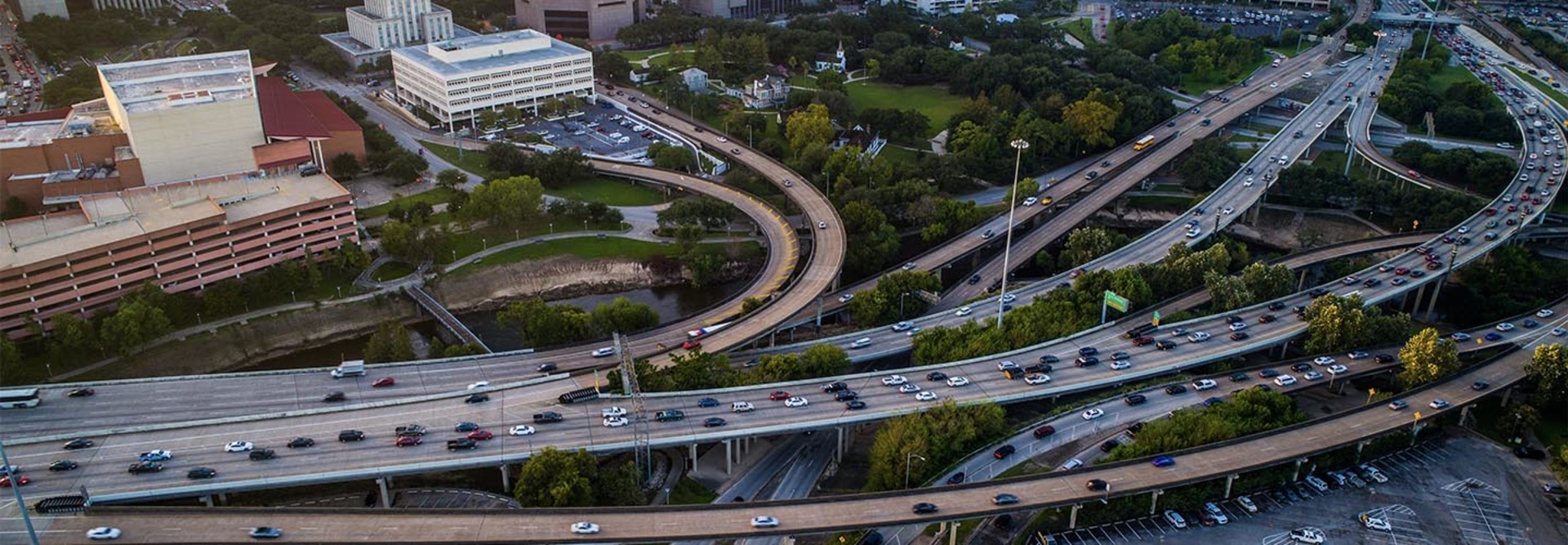The Greater Houston region, home to the country’s fourth-largest city, is set to double its population over the next 25 years.
At the same time, the city’s traditional infrastructure build-out plan spans more than a decade and is expected to serve the region for generations. Taking into consideration the needs of a growing and diverse populace, how do you make massive infrastructure investments that look toward the future?
At Smart Cities Connect 2022 last month, Sanjay Ramabhadran, Houston METRO’s Board Chair, and Jon Minshew, Chief Strategy and Innovation Officer for State and Local Government at Dell Technologies, chatted about the city’s plans to absorb almost six million additional residents, focusing specifically on transit solutions and opportunities for convergence of digital and physical infrastructure.
During the panel, Ramabhadran addressed the challenge in front of them: With limited land, Houston can’t double the size of roads and highways to accommodate the congestion — plus the emissions — associated with a massive increase in single-occupancy vehicles. That’s why solutions must be centered on efficiency and sustainability. Ramabhadran and Minshew touched on potential solutions.
“We’ve got to stop making incremental tweaks and look at transformational topics,” Ramabhadran said.
EXPLORE solutions that support data analysis in a Dell Technologies showcase.
Houston Envisions More Sustainable Transportation
With limited space and a predicted influx of additional residents, the Metropolitan Transit Authority of Harris County, Texas, has explored ways to make road travel more efficient. One solution is the METRORapid University Corridor project, which is part of the METRONext Moving Forward Plan, a plan for expansions and improvements in several types of transportation.
The planned University Corridor is a 25-mile-long rapid transit line with a dedicated bus lane that begins near the intersection of the Westpark Tollway and the Sam Houston Tollway and ends at Tidwell Transit Center, near the intersection of Tidwell Road and U.S. Route 59.
The corridor would connect the city’s transit centers, all three live rail lines and colleges including the University of Houston, Texas Southern University, the University of St. Thomas and Houston Community College. A more efficient bus line would ideally increase ridership, leading to less car congestion. It also would make it easier for those who rely on public transportation to access career and education opportunities.
“When built, it will be the longest VRT corridor anywhere in the country,” Ramabhadran said. “It’s connecting people to educational opportunities. It also connects eight of our transit centers. It intersects all three of our live rail lines. Houston doesn’t have a single business district; we have seven business districts. It connects three of those seven business districts.”
Use your data. There is technology that comes out every day making it easier to do analytics.”
Jon Minshew
Chief Strategy and Innovation Officer for State and Local Government, Dell Technologies
Cities Can Leverage Data to Improve Mobility
Minshew spoke of the potential transportation benefits of analyzing the data state and local governments already collect and combining it with edge technology architecture. For traffic management, for example, cities can use data to see delays and traffic volume in real time and adjust routes. This also grants the necessary information to deploy another mode of transportation on the spot if necessary.
Officials could also use data to inform commuters of delays when waiting at a bus or train station. The key is to get state and local governments to embrace data and make use of it, taking steps such as creating data models, Minshew said.
“Use your data. There is technology that comes out every day making it easier to do analytics,” Minshew said. “Real-time command centers: You see these massive command centers for transit now. I highly encourage it.”
DIVE DEEPER: How intelligent transportation systems and smart mobility is transforming Texas.
Smart Technology Can Lead Initiatives on Safety and Accessibility
Ramabhadran touched on the ways cutting edge technology can make transportation more accessible to all citizens. For example, METRO has rolled out Bluetooth beacons at bus stops and transit centers to help the visually impaired find their way more easily.
He also said METRO is working on making transit systems safer through the use of security cameras and real-time feeds that help authorities respond promptly.
Brought to you by:

RoschetzkyIstockPhoto/Getty Images










